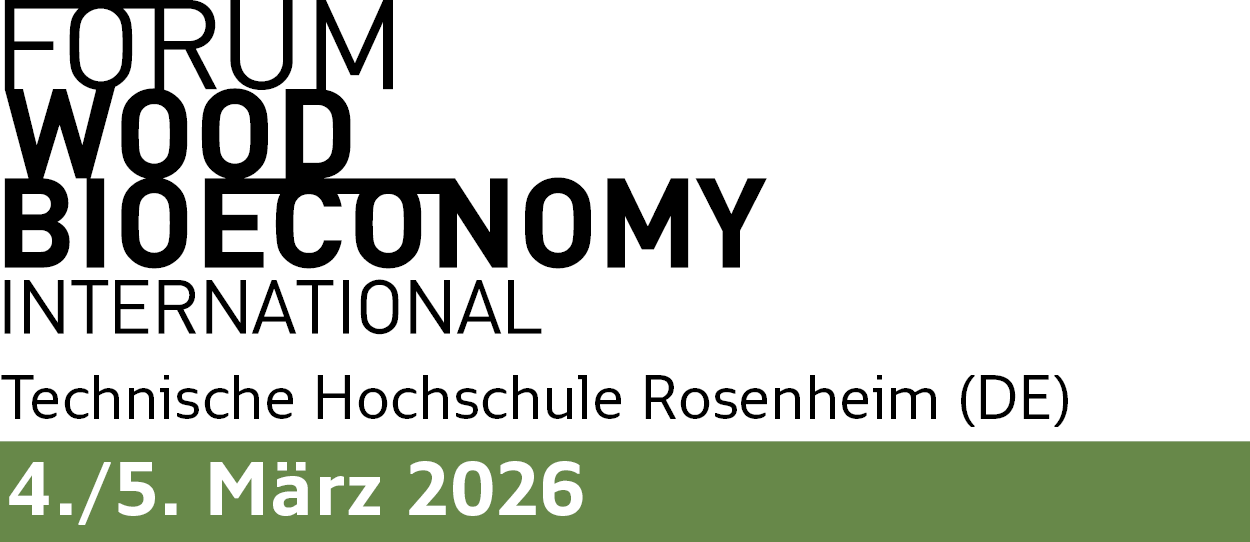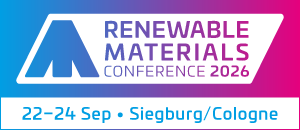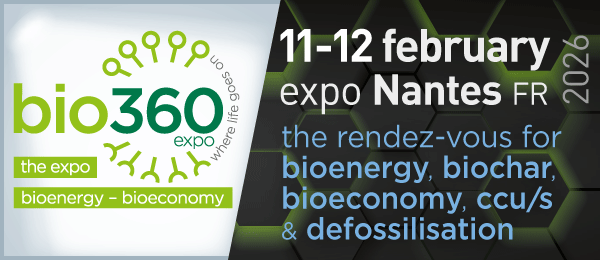
- Evonik wants to make more recycled rubber usable for new tires
- To date, high technical hurdles have slowed the use of recyclate in new tires
- New process results in up to four times as much recycled rubber for new tires in lab trials
Evonik wants to help make rubber materials from scrap tires easier to re-use in the manufacture of new automobile tires. So far, the suitability of recycled rubber has been very limited because its chemical structure hampers interaction with new tire materials. A team of researchers at Evonik has now made a key step forward with a process that could make it possible to use up to four times as much recycled rubber in new tires as in the past.
“That brings us much closer to the key targets of sustainability and resource efficiency in this sector,” says Christian Mani, Project Manager Circularity at Evonik.
New tire rubber is normally produced by vulcanization of raw rubber, sulfur, and other components. When heat and pressure are applied, the sulfur forms bonds with the long carbon chains in the rubber, resulting in a robust, three-dimensional network. That is also the structure of ground tire rubber from end-of-life-tires. However, since the material has already been vulcanized, its properties differ from those of non-vulcanized rubber. Currently, trade associations in the tire recycling sector therefore set an admixture of about 5 percent ground tire rubber from end-of-life-tires as the upper limit.
Consequently, only small amounts of recycled rubber powder are re-used in the manufacture of new automobile tires at present. The majority of the recycled rubber is used, for example, in the production of protective elements for playgrounds and running tracks. In addition, many end-of-life-tires still undergo thermal reprocessing as fuels for energy generation.
However, Mani is sure: “Rubber is far too valuable a raw material to be used only once in tires. We want to incorporate it into a circular system.”
He and his team of researchers have now succeeded in reversing the vulcanization of rubber to a large extent. “By adding a special formulation containing vinyl silanes, the firm bonds in the recycled rubber can be split. We cleave the sulfur bridges in the rubber, yet leave as many of the long carbon chains as possible untouched,” explains Mani.
The research team has already used these vinyl silanes successfully for devulcanization. In trials, the proportion of recyclate in the rubber blend could be increased to up to 20 percent—compared with the technical threshold of around 5 percent outlined above.
Evonik is now heading for the next milestones with test series and trials. The aim is to find a solution that customers could use in industrial production in the foreseeable future.
“Ultimately, our approach must prove convincing on a large, commercial scale,” says Mani.
The sustainability benefits of a circular solution of this type would be tremendous: Globally, there are more than 1.3 billion passenger cars. More than 2,000 new tires are produced every minute. There is no sign that demand will end—because even electric and hydrogen-powered automobiles will use rubber tires in the future. Annual global sales of tires for passenger cars amount to over €100 billion. Evonik’s development project also supports the wide-ranging sustainability initiatives of tire manufacturers.
About Evonik
Evonik is one of the world leaders in specialty chemicals. The company is active in more than 100 countries around the world and generated sales of €15.3 billion and an operating profit (adjusted EBITDA) of €1.66 billion in 2023. Evonik goes far beyond chemistry to create innovative, profitable, and sustainable solutions for customers. About 32,000 employees work together for a common purpose: We want to improve life today and tomorrow.
Source
Evonik, press release, 2024-09-17.
Supplier
Share
Renewable Carbon News – Daily Newsletter
Subscribe to our daily email newsletter – the world's leading newsletter on renewable materials and chemicals













